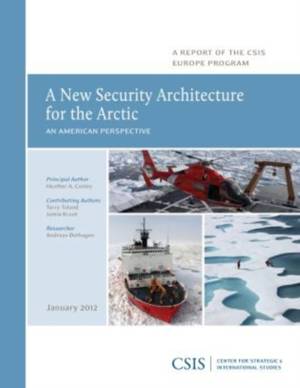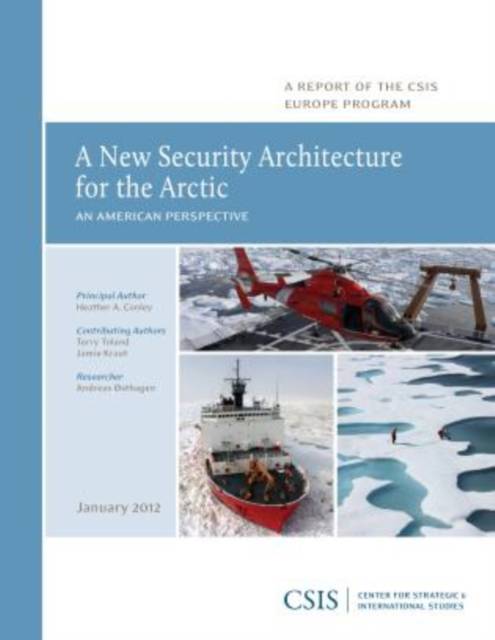
- Afhalen na 1 uur in een winkel met voorraad
- Gratis thuislevering in België vanaf € 30
- Ruim aanbod met 7 miljoen producten
- Afhalen na 1 uur in een winkel met voorraad
- Gratis thuislevering in België vanaf € 30
- Ruim aanbod met 7 miljoen producten
Zoeken
€ 40,95
+ 81 punten
Omschrijving
Creating a twenty-first century security architecture for the Arctic presents the United States with a conundrum: U.S. Arctic policy must be given a sense of urgency and focus at the same moment that U.S. defense budgets are being reduced and U.S. military planners consider the Arctic to be "an area of low conflict." How does one economically and militarily square this circle? While there has been some discussion of the form and format of international Arctic security cooperation, the debate has often focused on what issues cannot be discussed rather than on those that must be addressed. Arctic stakeholders have yet to discuss seriously what collective security framework Arctic states should use to address the emerging security challenges in the region, despite signing legally binding agreements on international search and rescue and negotiating international agreements on oil spills and response. This report analyzes the drivers of change in the region, examines the key Arctic security actors and institutions, and explores the potential for a new security architecture for the Arctic.
Specificaties
Betrokkenen
- Auteur(s):
- Uitgeverij:
Inhoud
- Aantal bladzijden:
- 48
- Taal:
- Engels
- Reeks:
Eigenschappen
- Productcode (EAN):
- 9780892067015
- Verschijningsdatum:
- 12/01/2012
- Uitvoering:
- Paperback
- Formaat:
- Trade paperback (VS)
- Afmetingen:
- 216 mm x 279 mm

Alleen bij Standaard Boekhandel
+ 81 punten op je klantenkaart van Standaard Boekhandel
Beoordelingen
We publiceren alleen reviews die voldoen aan de voorwaarden voor reviews. Bekijk onze voorwaarden voor reviews.











